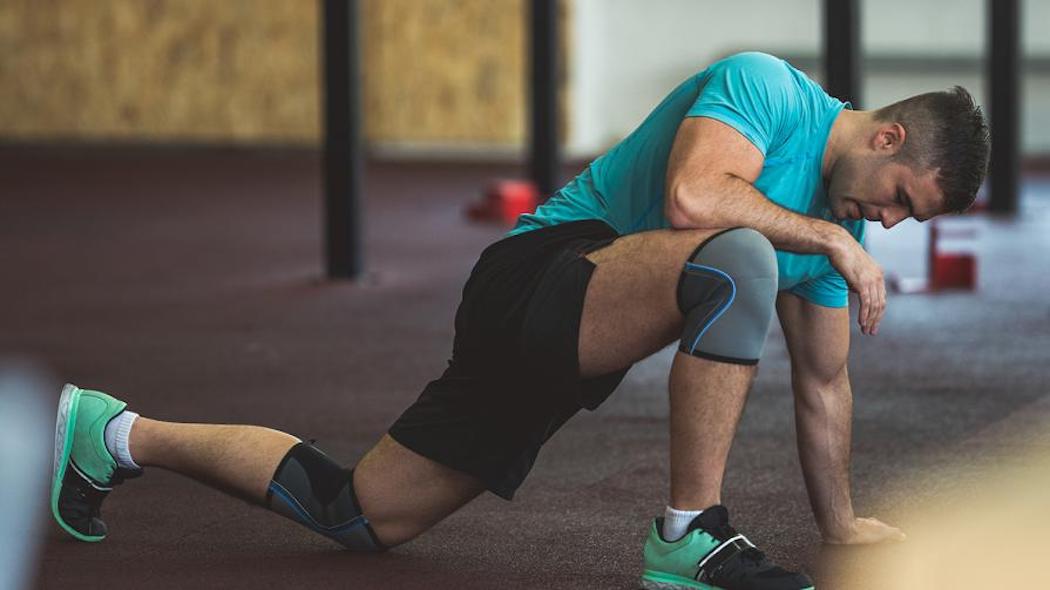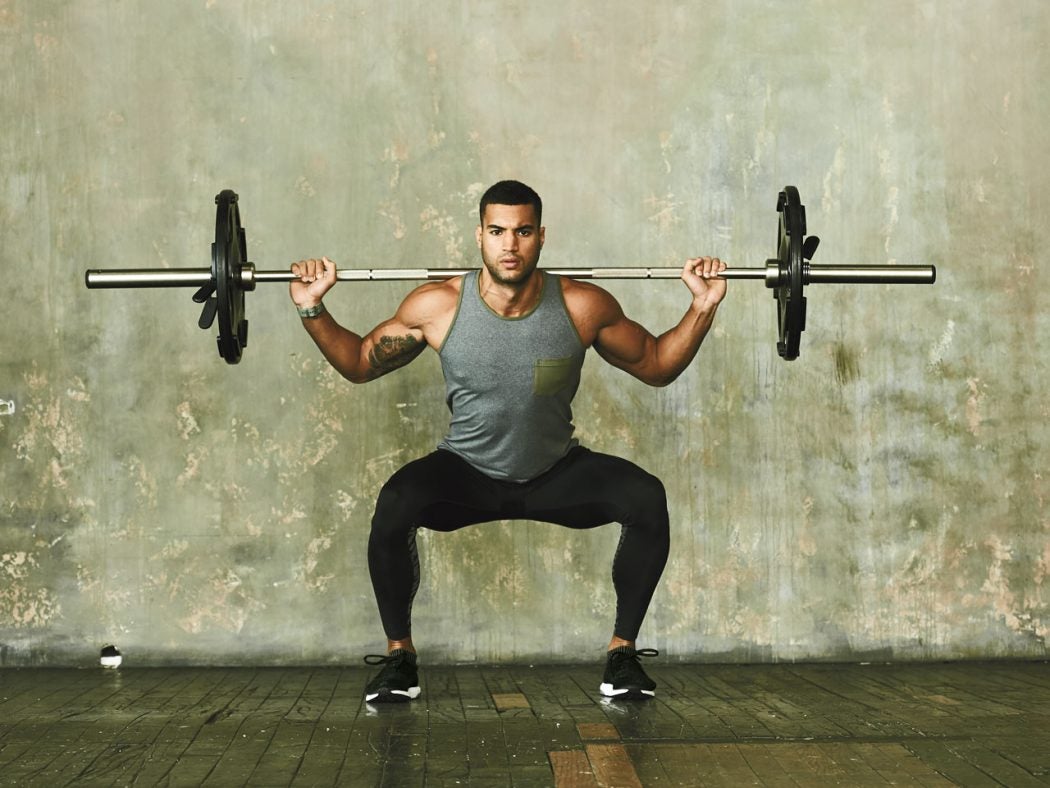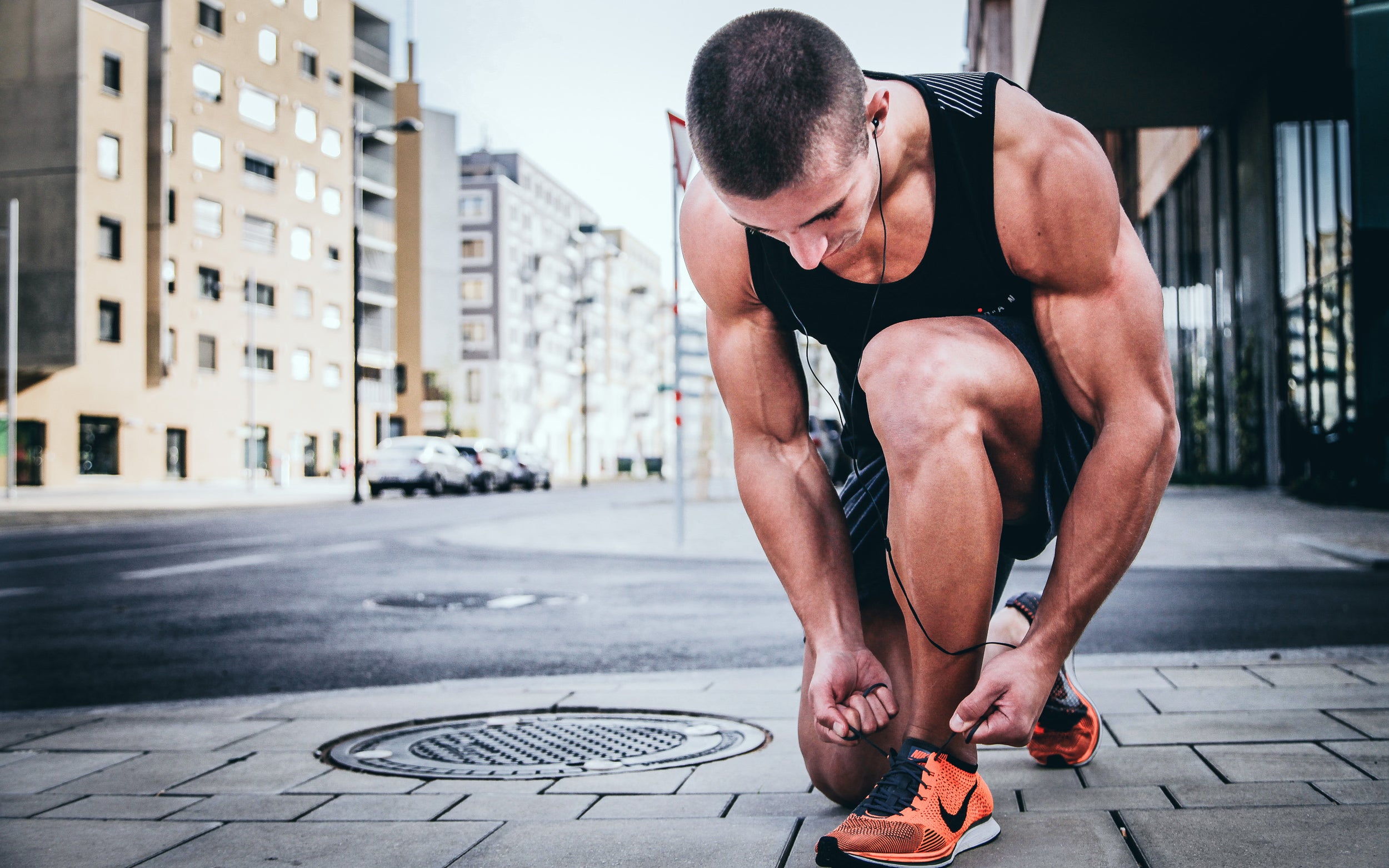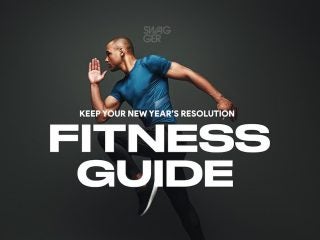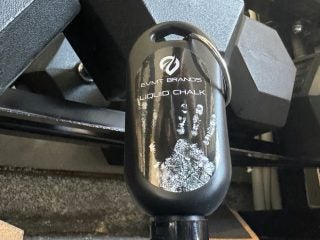We are all guilty of it. Going to the gym and thinking, I just want to get this session done or I only have a short amount of time. We therefore neglect two parts of our workout that are just as important as the session itself.
Here are the big reasons why you should incorporate warming up and cooling down as essential parts of your exercise routines. By ensuring that you have done both will ensure that you give yourself every opportunity to prevent injury, excessive soreness and that you can maintain your exercise schedule or possibly increase it.
Why warm up?
When we are going to commence an exercise session, your body needs to make several adjustments. These are things such as:
- Increasing your breathing and heart rate
- Increasing the energy-releasing reactions in the muscles
- Increasing blood flow to the muscles to supply them with more oxygen and to remove waste products
These adjustments do not occur instantaneously and require several minutes of progression to reach the necessary levels. The purpose of a warm-up is to encourage these adjustments to occur slowly by commencing your exercise session at an easy level and increasing the intensity gradually. If you were to begin exercising at a strenuous level without a warm-up, your body is not prepared for the higher demands being made of it, which can lead to injury and unnecessary fatigue in the muscles.
What does a warm up do?
Warming up before your main session does more than just make you feel warm. The benefits of the warm up are:
- Increases blood flow to the muscles, which enhances the delivery of oxygen and nutrients
- Warms your muscles, which promotes the energy-releasing reactions used during exercise and makes the muscles pliable
- Prepares your muscles for stretching
- Prepares your heart for an increase in activity
- Prepares you mentally for the upcoming exercise
- Primes your nerve-to-muscle pathways to be ready for exercise
- Prevents unnecessary stress and fatigue being placed on your muscles and heart, which can occur if you exercise strenuously without a warm-up
By doing a simple 5-minute slow jog, cycle or brisk walk on the treadmill followed by some dynamic stretching on each major body part, you will have prepared your body in the best way possible to maximize your workout and minimize the risk of injury.
Why cool down?
Cooling down after exercise is very important as it slows down your level of activity gradually and allows your body to return to its natural state in a controlled manner.
The effects of cooling down are:
- Helps your heart rate and breathing to return towards resting levels gradually
- Helps avoid feelings such as dizziness, which can result from blood pooling in the large muscles of the legs when vigorous activity is stopped suddenly
- Helps to remove lactic acid from your muscles which builds up during vigorous activity. Lactic acid is most effectively removed by gentle exercise rather than stopping suddenly and finishing
- Helps to prepare your muscles for the next exercise session, whether it’s the next day or in a few days’ time through proper management of the lactic acid and muscle elasticity returning to it’s natural state
You will always feel some amount of soreness from your session as you have put your muscles through stress to help them grow and improve their strength. This is a feeling that will provide you with satisfaction that you have done a great workout and provide you with natural positive endorphins to signal positivity on doing something good for yourself. This feeling is different if you have not cooled down and then feel the onset of injury.
Cooling down properly
Slow jogging, brisk walking or gentle cycling for 5 minutes and slowing the pace towards the end of the time frame so that you are not exerting yourself at all in the end.
Performing static stretches after this as part of your cool-down while your muscles are still warm because they will respond favourably, and there is a low risk of injury. Stretching helps to relax your muscles and restore them to their resting length, and improves flexibility which is the range of movement about your joints.
As a guide, allow 10 minutes of post-exercise stretching for every one hour of exercise. Make these post-exercise stretches more thorough than your pre-exercise stretches. Ensure that you stretch all the major muscle groups that you have used during your exercise. Stretch each muscle group for 20 to 30 seconds, twice on each body part.




